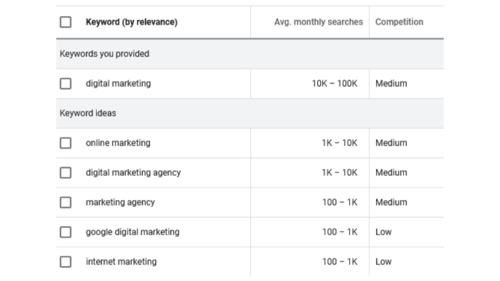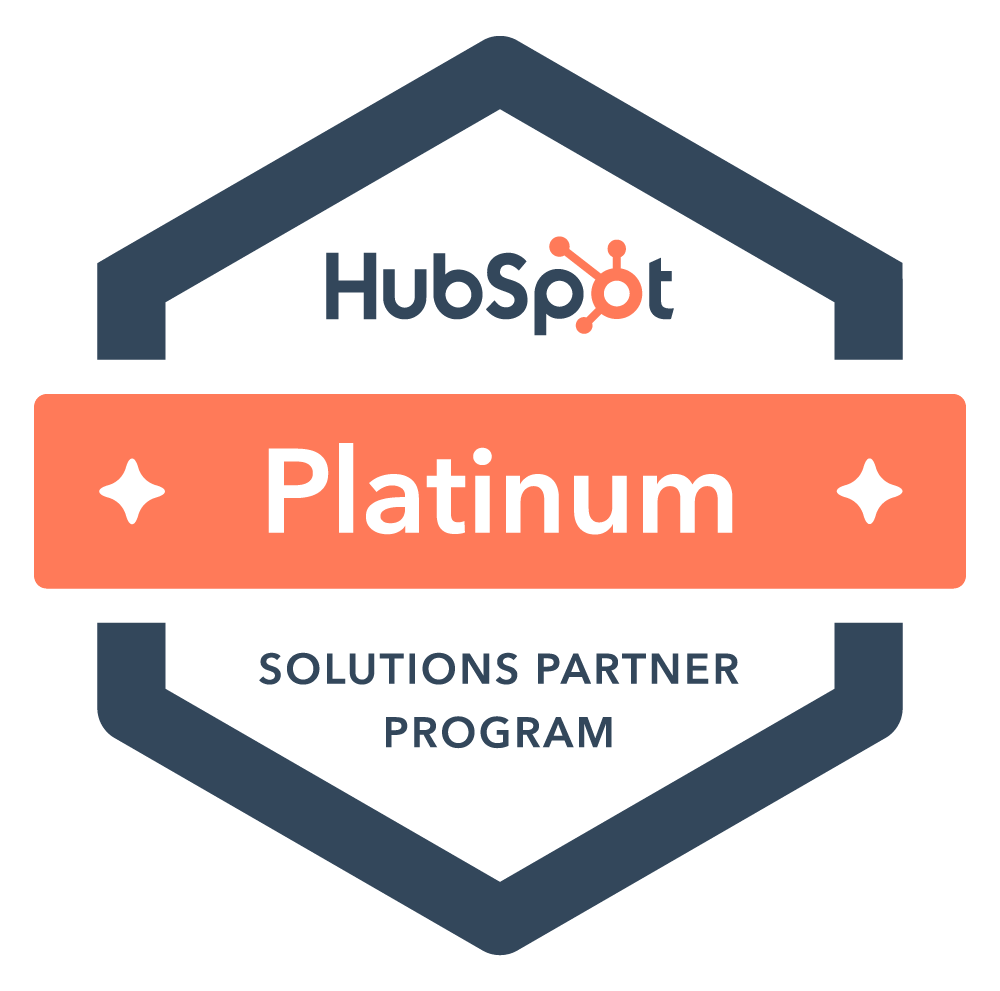![Blog[SM]-6 Basic Step - How to Plan for Inbound Marketing Strategy-06](https://blog.launchpadmy.co/hs-fs/hubfs/Blog%5BSM%5D-6%20Basic%20Step%20-%20How%20to%20Plan%20for%20Inbound%20Marketing%20Strategy-06.jpg?width=1921&name=Blog%5BSM%5D-6%20Basic%20Step%20-%20How%20to%20Plan%20for%20Inbound%20Marketing%20Strategy-06.jpg)
Thinking of getting started with inbound marketing? Amidst shifting consumer behaviour that is moving away from traditional marketing, inbound marketing comes in as the perfect alternative. It’s a methodology that puts customers' needs front and center.
Read More:
As with any good marketing venture, planning and strategising are key to ensure your efforts are maximised. Why do we need to plan properly?
- Planning helps to increase the chances to achieve a positive ROI to your marketing efforts.
- Through planning, you are more prepared for setbacks and obstacles. Sticking to a goal ensures that you are always heading in the right direction.
- Planning also helps keep your team organised and motivated.
Now, let’s take a look at the 6 basic steps to plan for inbound marketing:
1. Define Buyer Persona & Buyer’s Journey
.png?width=606&name=Prioritise%20task%20(6).png)
A Buyer Persona is a semi-fictional representation of your ideal buyer. Inbound marketing revolves around understanding your customers, what they like, what’s their interests, fear, motivations and other information. From the Buyer Persona, you can have a point of reference when crafting messages, content and value to offer, and more.
Here’s a free template to get you started on Buyer Persona.
Once you have a target buyer properly planned, you now have to decide on the Buyer’s Journey. We plan this using the Inbound Flywheel, a framework to understand what customers are thinking and doing at each buying stage. These stages are Awareness, Consideration and Decision. Here, you identify the touchpoints and customer interactions of each stage. We have to do this to create a personalised and smooth customer experience for your target buyer.
Read More:
- What is a Buyer Persona
- 3 Classic Stages of Buying Process (a.k.a Buyer’s Journey)
- The Inbound Flywheel - A Perpetual Customer Delight
2. Set SMART Goals
.png?width=1080&name=Prioritise%20task%20(5).png)
As mentioned, planning helps to increase your chances for success and keep your team and resources on track. Goal-setting is thus an important part of planning and strategising because it sets out quantifiable metrics of what you want to achieve in your inbound marketing venture. A popular method of goal-setting is using the SMART goal:
-
Specific - Is this within the scope of the campaign/strategy?
-
Measurable - What metrics are we using to gauge and quantify?
-
Achievable - Is the goal realistic, attainable and not too far-fetched?
-
Relevant - Is this relevant to business purposes?
-
Timely - By when should this goal be reached?
We also use Key Performance Indicators (KPI) to measure the performance, it goes hand in hand with SMART goals. SMART goals help set the direction of your inbound strategy while KPI is used to measure the performance of the goal.
3. List Out Topics & Keywords
Now that you got a buyer to target and the set of goals to reach, the next step is listing out keywords that will be used in your inbound marketing content.
Why do you need to use keywords? Keywords and topics help you rank on search engines, in a process called Search Engine Optimisation (SEO). In short, SEO helps to increase website traffic. When your website is ranked on the first pages of a search result like Google or Bing, it can bring more traffic to your website. More web traffic means more chances for leads and customers.
Read More: What is SEO? A Comprehensive Answer
To do keyword research, first set out topics and terms that relate to your products or services e.g. Digital Marketing, Natural Skincare or Children’s Toys.

Then, using tools such as Google Keyword Planner, SEM Rush, Keywords Everywhere or other keyword research tools, find out their search volume. High-volume keywords indicate that they are actively searched for online. You may use keywords that have a high search volume and are relevant to your business.
4. Set Up a Content Plan
Using the targeted keywords, you can now create a content plan that attracts and nurtures lead according to your Buyer’s Journey. You can start by identifying what questions your customers are asking. Then, build a set of content that answers their query.
Read More: Content Mapping for Buyer Persona
Next in your content plan, find out the best way to distribute your content to channels where your customers are most likely to be. What social media channels do your target customers mostly flock to? What devices do they mostly use; phone or laptop? What format do they enjoy consuming content in; video, graphics, podcasts or blog articles? (These informations should already be included in the Buyer Persona)
5. Plan & Execute Campaigns

With all this planning done, it’s time to put them in action into your inbound marketing campaigns. Create and publish your content according to the buying stages, while always nurturing them with email newsletters, social posts and other lead nurturing best practices.
Ensure that the marketing flow is clear. It’s good practice to always lead customers to the next step. For example, include Call-to-Action (CTA) links in Awareness-type content that directs people to Consideration-type content.
6. Monitor & Optimise
As you’re executing campaigns, periodically monitor and optimise to ensure that your inbound marketing strategy goes align with the goals and objectives you’ve set. By monitoring, you will know what worked well and how else you can improve your strategy. Use relevant metrics such as web traffic and engagements to gauge each Buyer’s Journey stage and keep it recorded.
By the end of each time period, you should check if your SMART goals are met and reach the target results.
Conclusion
Success starts with a proper strategy. Remember, it’s all about understanding customers and being at the right place, at the right time, offering the right value. Hopefully, these steps can help you get started strategising for inbound marketing that will gather better quality leads and foster great customer relationships!



